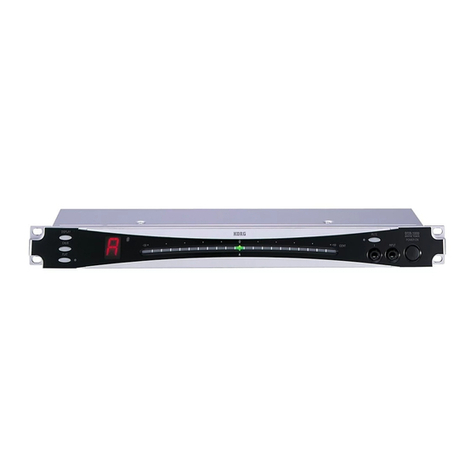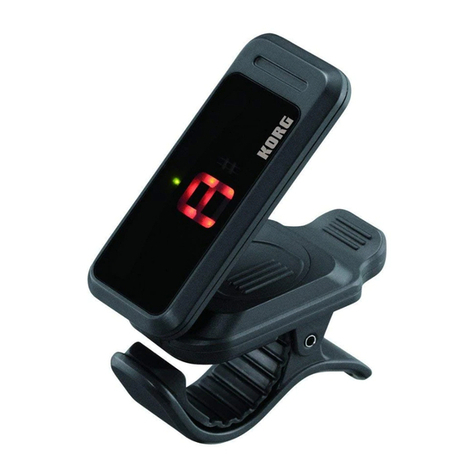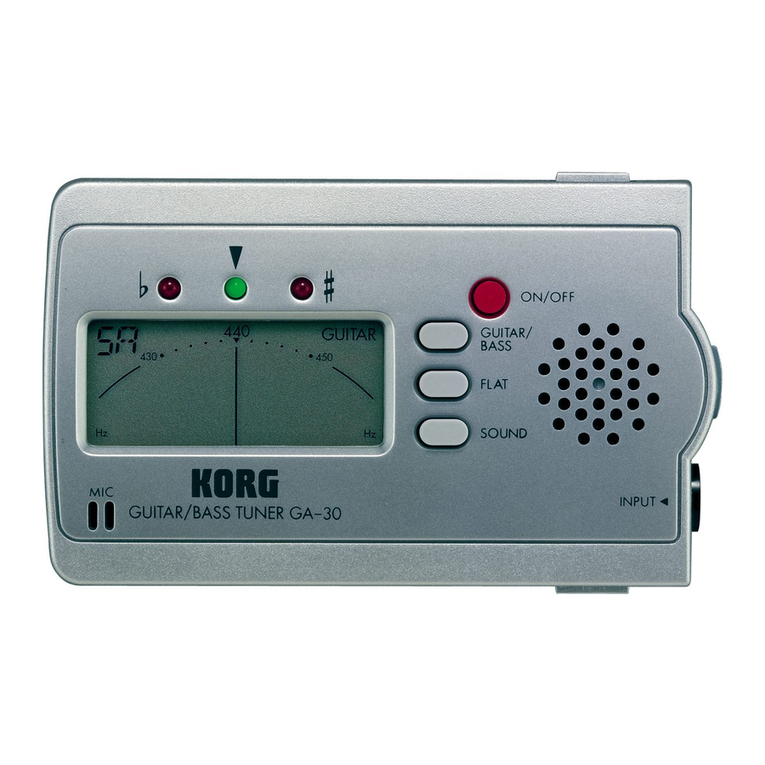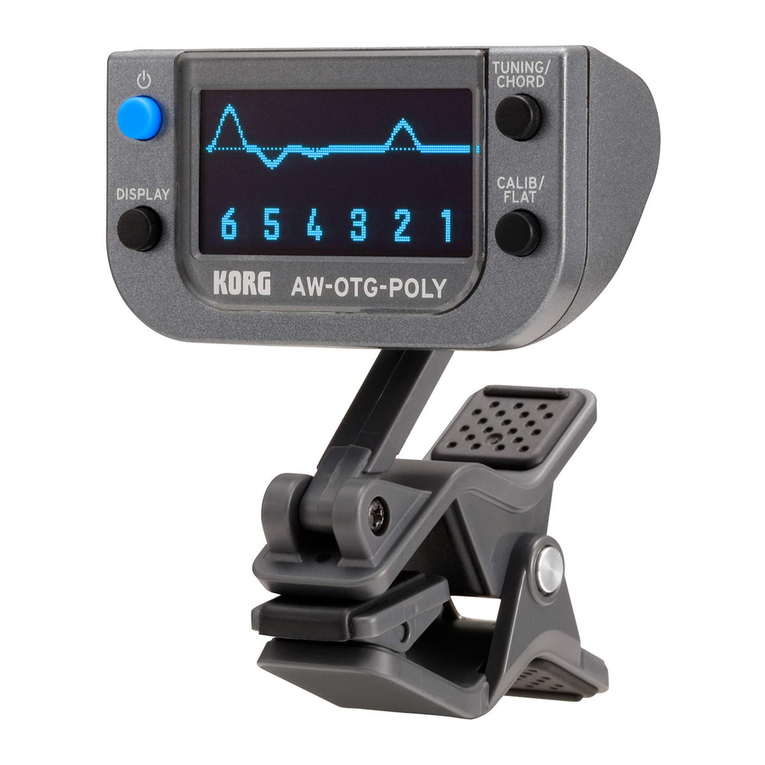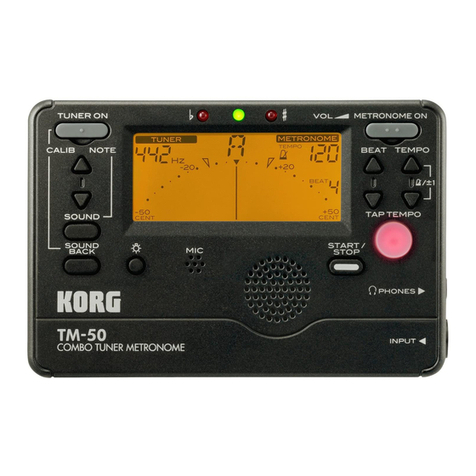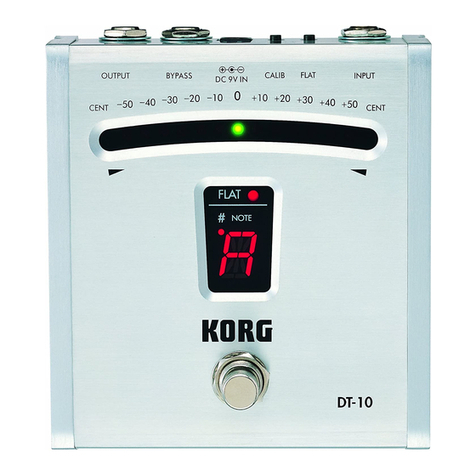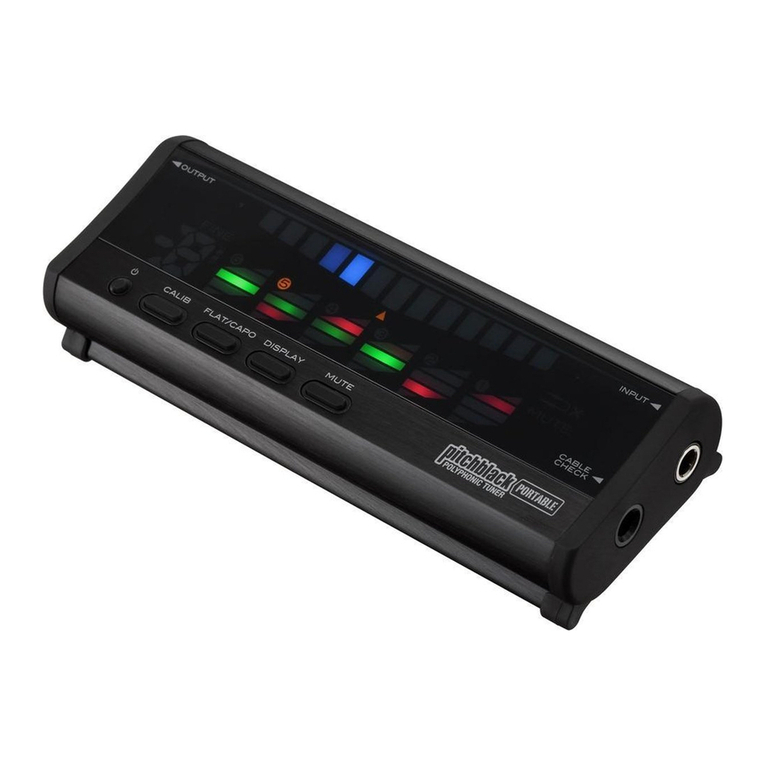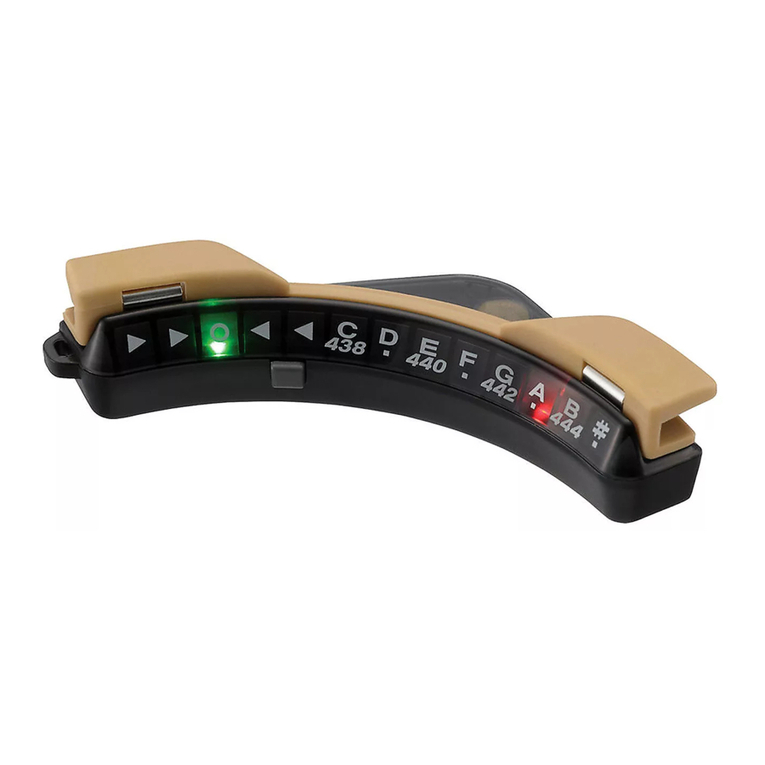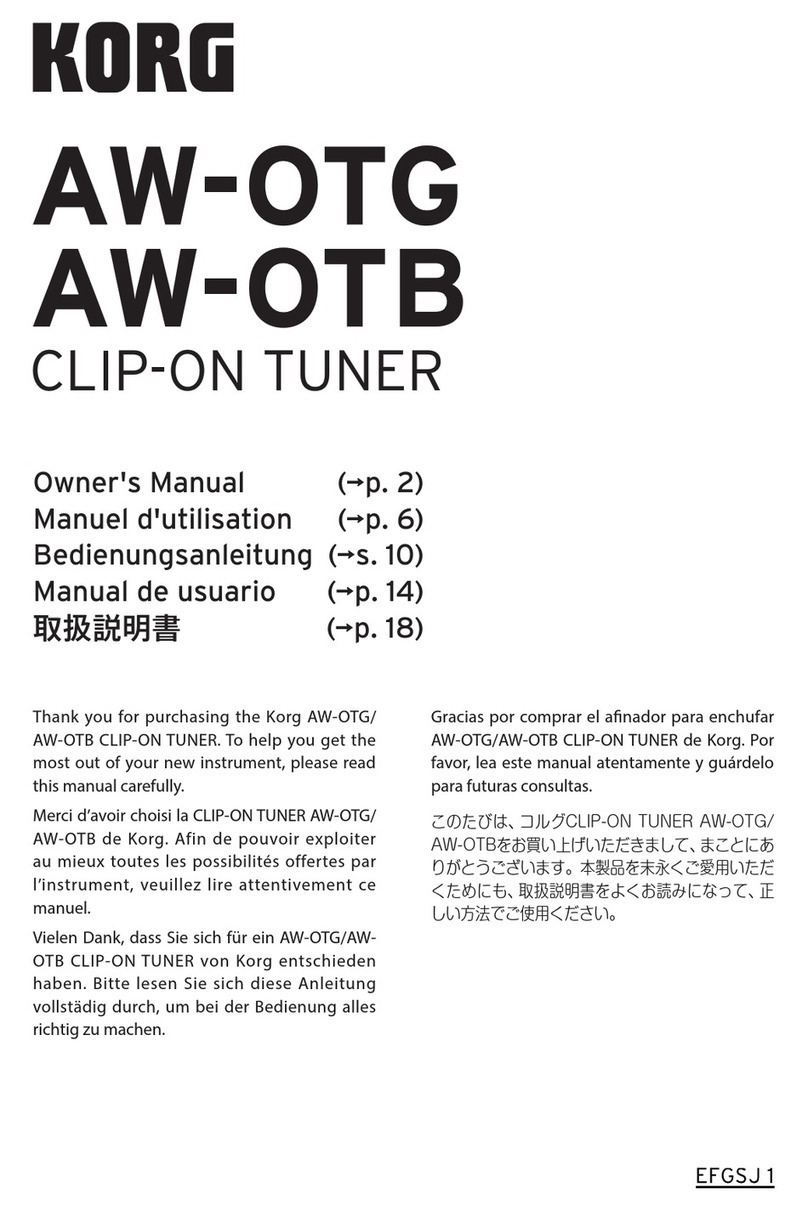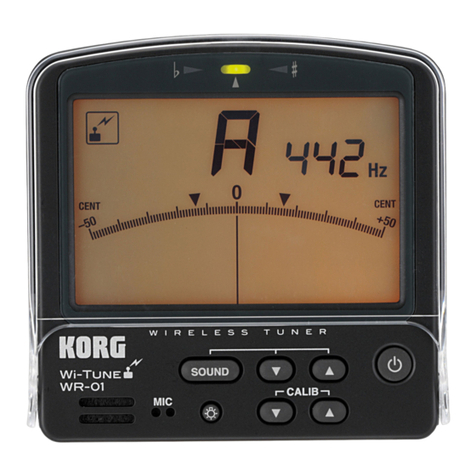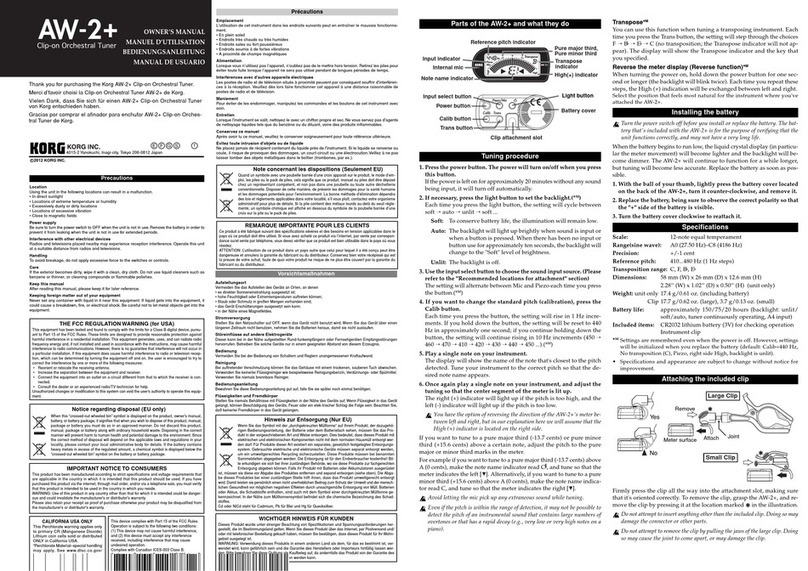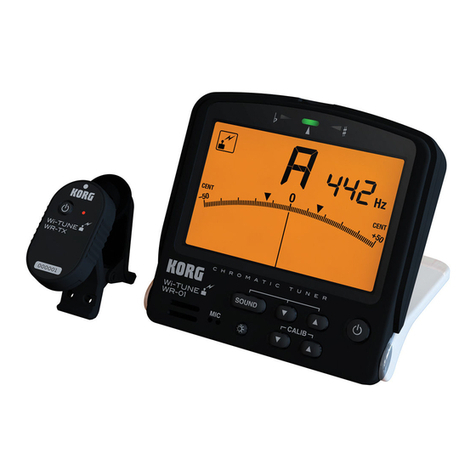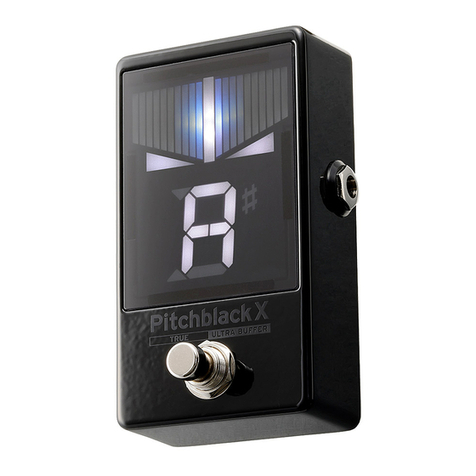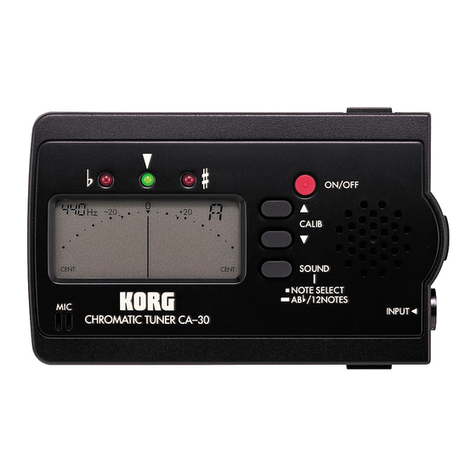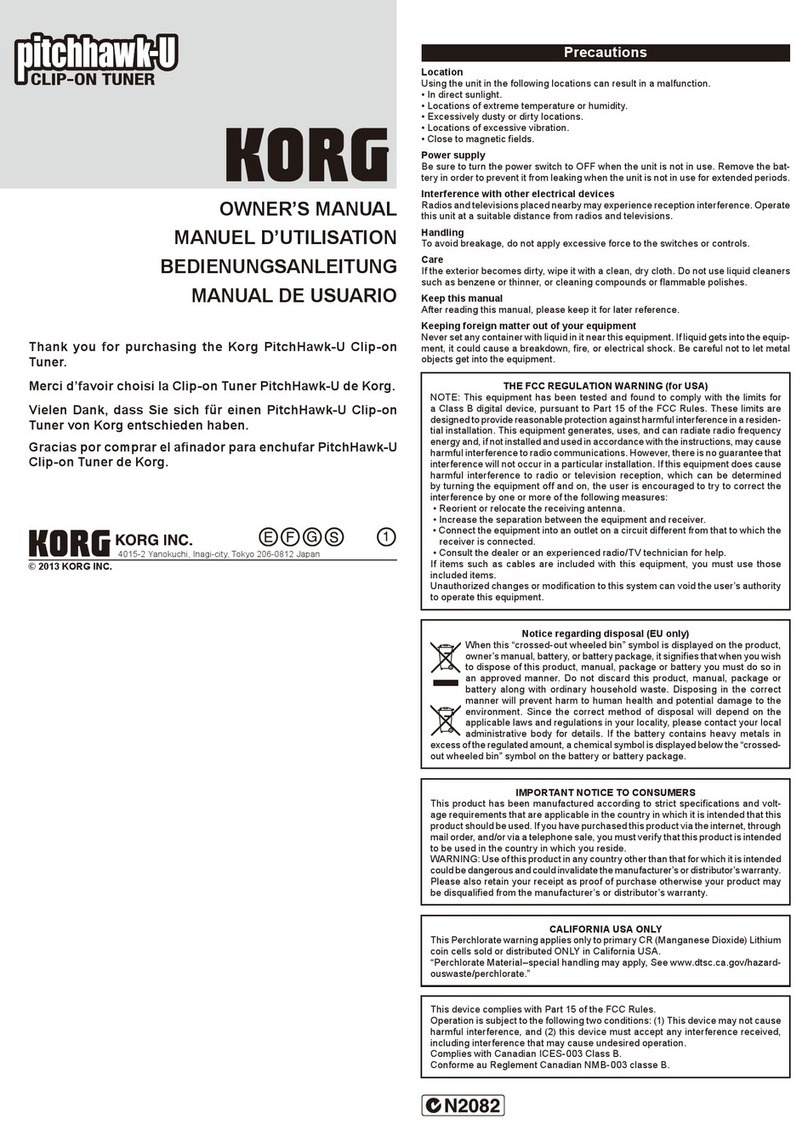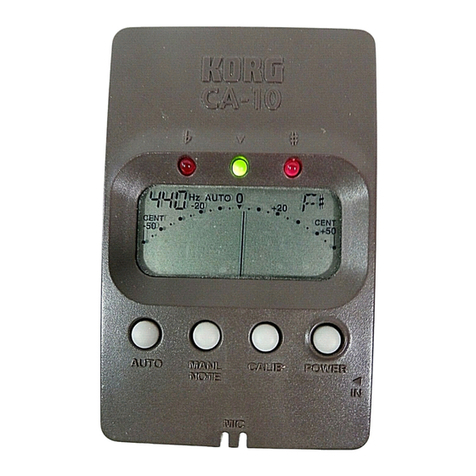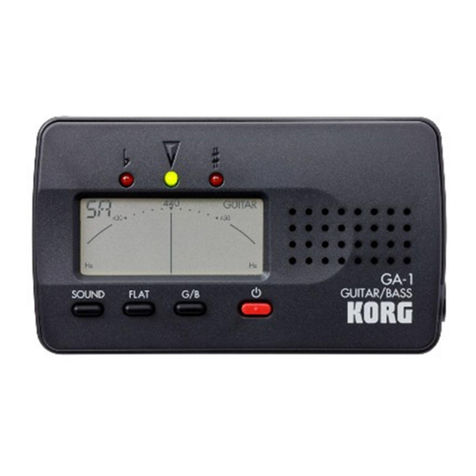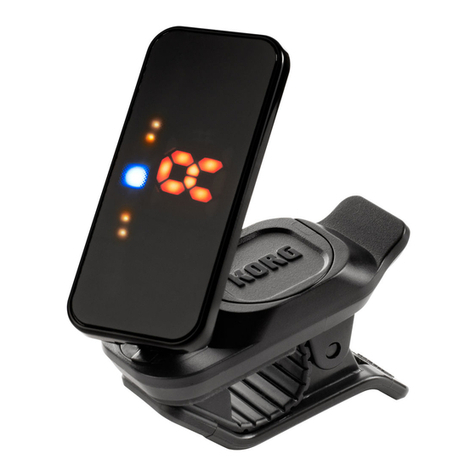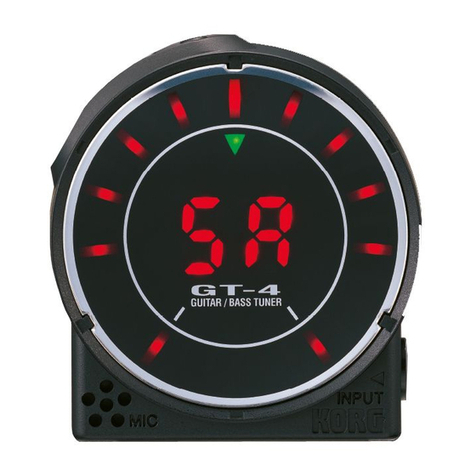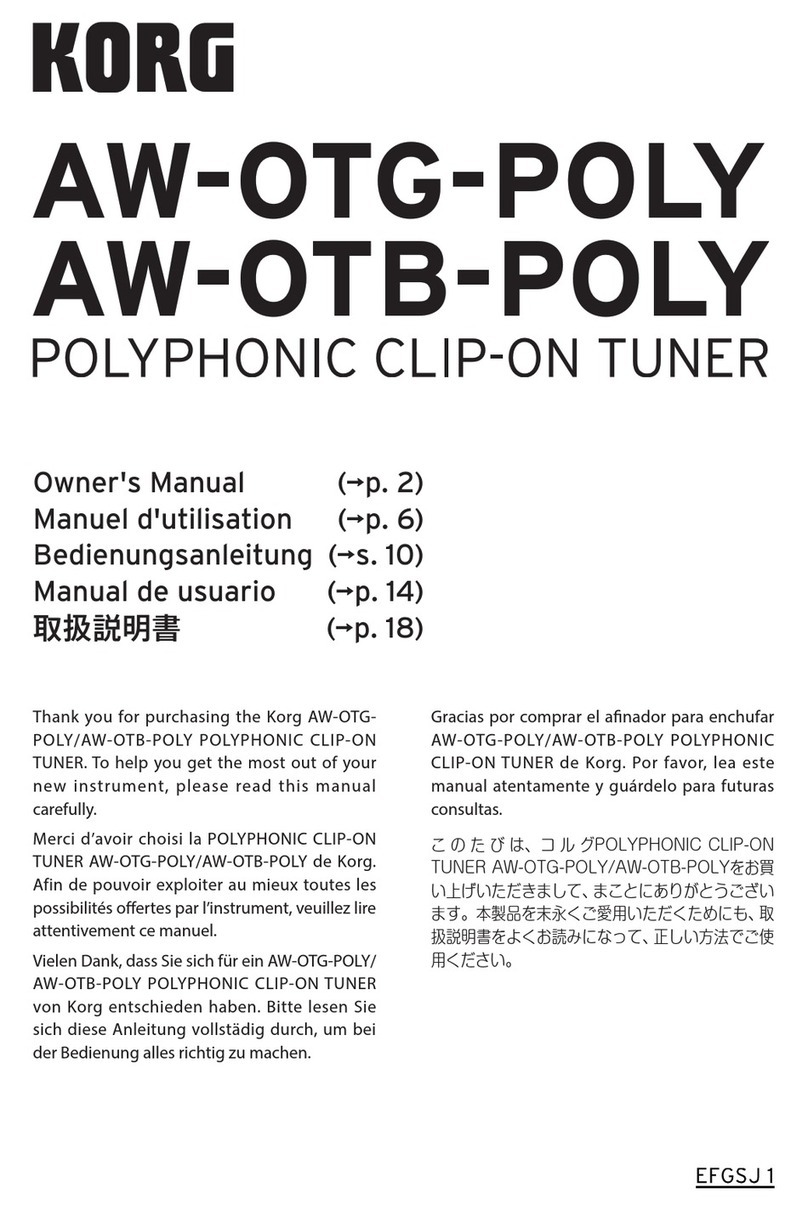
Précautions
Emplacement
L'utilisation de cet instrument dans les endroits suivants peut en
entraîner le mauvais fonctionnement.
• En plein soleil
• Endroits très chauds ou très humides
• Endroits sales ou fort poussiéreux
• Endroits soumis à de fortes vibrations
• A proximité de champs magnétiques
Alimentation
Branchez l’adaptateur secteur mentionné à une prise secteur de
tension appropriée. Evitez de brancher l’adaptateur à une prise
de courant dont latension ne correspond pas à celle pour laquelle
l’appareil est conçu.
Interférences avec d'autres appareils électriques
Les postes de radio et de télévision situés à proximité peuvent par
conséquent souffrir d'interférences à la réception. Veuillez dès lors
faire fonctionner cet appareil à une distance raisonnable de postes
de radio et de télévision.
Maniement
Pour éviter de les endommager, manipulez les commandes et les
boutons de cet instrument avec soin.
Entretien
Lorsque l'instrument se salit, nettoyez-le avec un chiffon propre
et sec. Ne vous servez pas d'agents de nettoyage liquides tels
que du benzène ou du diluant, voire des produits inammables.
Conservez ce manuel
Après avoir lu ce manuel, veuillez le conserver soigneusement
pour toute référence ultérieure.
Evitez toute intrusion d'objets ou de liquide
Ne placez jamais de récipient contenant du liquide près de l’ins-
trument. Si le liquide se renverse ou coule, il risque de provoquer
des dommages, un court-circuit ou une électrocution.
Veillez à ne pas laisser tomber des objets métalliques dans le boîtier
(trombones, par ex.). Si cela se produit, débranchez l’alimentation
de la prise de courant et contactez votre revendeur korg le plus
proche ou la surface où vous avez acheté l’instrument.
ATTENTION
Il y a risque d’explosion en cas d’utilisation de piles d’un type non
adéquat. Mettez les piles au rebut conformément aux instructions
données.
* Tous les noms de produits et de sociétés sont des marques
commerciales ou déposées de leur détenteur respectif.
Note concernant les dispositions (Seulement EU)
Si ce symbole apparait sur le produit, le manuel, les piles
ou les packs de piles, c ela signie que vous devez le recy-
cler d’une manière correcte an de prévenir les dommag es
pour la santé humaine et les dommages potentiels pour
l’environnement. Contactez votre administration locale
pour de plus amples renseignements concernant la bonne
méthode de recyclage. Si la pile contient des métaux lourds
au-delà du seuil réglementé, un symbole chimique est
afché en dessous du symbole de la poubelle barrée d’une croix
sur la pile ou le pack de piles
.
L’ utiliz ation de ce disp o sitif est autor i sée seul ement
aux conditions suivantes:
(1) il ne doit pas produire de brouillage et
(2) l’ utilisateur du dispositif doit étre prêt à accepter
tout brouillage radioélectrique reçu, même si ce
brouillage est susceptible de compromettre le
fonctionnement du dispositif.
L’installateur de ce matériel radio doit s’assurer que l’antenne
est située ou orientée de façon à ne pas émettre de champ RF
excédant les limites xées par Santé Canada pour la population
générale: consultez le Code de sécurité 6, disponible sur le site
Internet de Santé Canada (www.hc-sc.gc.ca/rpb).
Déclaration de conformité aux directives de
l’Union européenne
Korg Inc. déclare par la présente que le produit est conforme
aux exigences de la directive 1999/5/CE.
Vous pouvez consulter la Déclaration de conformité (DoC) à
la directive 1999/5/CE dans le mode d’emploi de ce produit,
disponible sur le site Internet de Korg (www.korg.com).
REMARQUE IMPORTANTE POUR LES CLIENTS
Ce produit a été fabriqué suivant des spécications sévères et
des besoins en tension applicables dans le pays où ce produit
doit être utilisé. Si vous avez acheté ce produit via l’internet,
par vente par correspondance ou/et vente par téléphone, vous
devez vérier que ce produit est bien utilisable dans le pays
où vous résidez.
AT TENTIO N: L’ut i lisation de ce produit da ns un pays aut r e que
celui pour lequel il a été conçu peut être dan gereuse et annulera
la garantie du fabricant ou du distributeur. Conservez bien
votre récépissé qui est la preuve de votre achat, faute de quoi
votre produit ne risque de ne plus être couvert par la garantie
du fabricant ou du distributeur.
Vorsichtsmaßnahmen
Aufstellungsort
Vermeiden Sie das Aufstellen des Geräts an Orten, an denen
• es direkter Sonneneinstrahlung ausgesetzt ist;
• hohe Feuchtigkeit oder Extremtemperaturen auftreten
können;
• Staub oder Schmutz in großen Mengen vorhanden sind;
• das Gerät Erschütterungen ausgesetzt sein kann.
• in der Nähe eines Magnetfeldes.
Stromversorgung
Schließen Sie das optionale Netzteil nur an eine geeignete
Steckdose an. Verbinden Sie es niemals mit einer Steckdose
einer anderen Spannung.
Störeinüsse auf andere Elektrogeräte
Dieser kann bei in der Nähe aufgestellten Rund-funkemp-
fängern oder Fernsehgeräten Empfangsstörungen hervor-
rufen. Betreiben Sie solche Geräte nur in einem geeigneten
Abstand von diesem Erzeugnis.
Bedienung
Vermeiden Sie bei der Bedienung von Schaltern und Reglern
unangemessenen Kraftaufwand.
Reinigung
Bei auftretender Verschmutzung können Sie das Gehäuse
mit einem trockenen, sauberen Tuch abwischen. Verwenden
Sie keinerlei Flüssigreiniger wie beispielsweise Reinigungs-
benzin, Verdünnungs- oder Spülmittel. Verwenden Sie
niemals brennbare Reiniger.
Bedienungsanleitung
Bewahren Sie diese Bedienungsanleitung gut auf, falls Sie
sie später noch einmal benötigen.
Flüssigkeiten und Fremdkörper
Stellen Sie niemals Behältnisse mit Flüssigkeiten in der Nähe
des Geräts auf. Wenn Flüssigkeit in das Gerät gelangt, kön-
nen Beschädigung des Geräts, Feuer oder ein elek-trischer
Schlag die Folge sein.
Beachten Sie, daß keinerlei Fremdkörper in das Gerät ge-
langen. Sollte ein Fremdkörper in das Gerät gelangt sein,
so trennen Sie es sofort vom Netz. Wenden Sie sich dann
an Ihren KORG-Fachhändler.
VORSICHT
Bei Verwendung des falschen Batterietyps besteht Explosi-
onsgefahr. Bitte entsorgen Sie verbrauchte Batterien immer
den örtlichen Umweltbestimmungen entsprechend.
* Alle Produkt- und Firmennamen sind Warenzeichen oder
eingetragene Warenzeichen der betreffenden Eigentümer.
Hinweis zur Entsorgung (Nur EU)
Wenn Sie das Symbol mit der „durchgekreuzten
Mülltonne“ auf Ihrem Produkt, der dazugehöri-
gen Bedienungsanleitung, der Batterie oder der
Verpackung sehen, müssen Sie das Produkt in
der vorgeschriebenen Art und Weise entsorgen
um Schäden an der menschlichen Gesundheit
und der Umwelt zu vermeiden. Batterien oder
Akkus, die Schadstoffe enthalten, sind auch mit
dem Symbol einer durchgekreuzten Mülltonne gekenn-
zeichnet. In der Nähe zum Mülltonnensymbol bendet
sich die chemische Bezeichnung des Schadstoffes.
Die Bedienung unterliegt folgenden beiden
Bedingungen:
(1) das Gerät darf keine Interferenzen er-
zeugen und
(2) das Gerät muss Interferenzen akzeptieren,
darunter auch Störungen, die zu Fehlfunk-
tionen führen können.
Entsprechungserklärung für die Richtlinien
der europäischen Union
Korg Inc. erklärt hiermit, dass dieses Gerät die Anfor-
derungen der Richtlinie 1999/5/EC erfüllt.
Diese Entsprechungserklärung (DoC) für die 1999/5/
EC-Richtlinie nden Sie in der Bedienungsanleitung
dieses Geräts auf der Korg-Webpage (www.korg.com)
WICHTIGER HINWEIS FÜR KUNDEN
Dieses Produkt wurde unter strenger Beachtung von
Spezikationen und Spannungsanforderungen herge-
stellt, die im Bestimmungsland gelten. Wenn Sie dieses
Produkt über das Internet, per Postversand und/oder
mit telefonischer Bestellung gekauft haben, müssen
Sie bestätigen, dass dieses Produkt für Ihr Wohngebiet
ausgelegt ist.
WARNUNG: Verwendung dieses Produkts in einem
anderen Land als dem, für das es bestimmt ist, ver-
wendet wird, kann gefährlich sein und die Garantie des
Herstellers oder Importeurs hinfällig lassen werden.
Bitte bewahren Sie diese Quittung als Kaufbeleg auf, da
andernfalls das Produkt von der Garantie des Herstellers
oder Importeurs ausgeschlossen werden kann.
Precauciones
Ubicación
El uso de la unidad en las siguientes ubicaciones pue-
de dar como resultado un mal funcionamiento:
• Expuesto a la luz directa del sol
• Zonas de extremada temperatura o humedad
• Zonas con exceso de suciedad o polvo
• Zonas con excesiva vibración
• Cercano a campos magnéticos
Fuente de alimentación
Por favor, conecte el adaptador de corriente designado
a una toma de corriente con el voltaje adecuado. No lo
conecte a una toma de corriente con voltaje diferente
al indicado.
Interferencias con otros aparatos
Las radios y televisores situados cerca pueden
experimentar interferencias en la recepción. Opere
este dispositivo a una distancia prudencial de radios y
televisores.
Manejo
Para evitar una rotura, no aplique excesiva fuerza a los
conmutadores o controles.
Cuidado
Si exterior se ensucia, límpiese con un trapo seco. No
use líquidos limpiadores como disolvente, ni compues-
tos inamables.
Guarde este manual
Después de leer este manual, guárdelo para futuras
consultas.
Mantenga los elementos externos alejados
del equipo
Nunca coloque ningún recipiente con líquido cerca
de este equipo, podría causar un cortocircuito, fuero
o descarga eléctrica. Cuide de que no caiga ningún
objeto metálico dentro del equipo.
PRECAUCIÓN
Si sustituye la batería por una de un tipo incorrecto,
ésta podría explotar. Deseche las baterías usadas
siguiendo las instrucciones.
* Todos los nombres de productos y compañias son
marcas comerciales o marcas registradas de sus
respectivos propietarios.
Nota respecto a residuos y deshechos (solo UE)
Si aparece el símbolo del cubo de basura
tachado sobre un producto, su manual de
usuario, la batería, o el embalaje de cualquie-
ra de éstos, signica que cuando tire dichos
artículos a la basura, ha de hacerlo en
acuerdo con la normativa vigente de la Unión
Europea para prevenir daños a la salud pú-
blica y al medioambiente. Le rogamos que
se ponga en contacto con su ocina o minis-
terio de medioambiente para más detalles. Si la ba-
tería contiene metales pesados por encima del límite
permitido, habrá un símbolo de un material químico,
debajo del símbolo del cubo de basura tachado.
El funcionamiento está sujeto a las dos
condiciones siguientes:
(1) este dispositivo no puede producir
interferencias y
(2) este dispositivo debe aceptar cualquier
tipo de interferencia, incluyendo las que
puedan ocasionar un funcionamiento
no deseado.
Declaración de Conformidad con las
Directivas de la Unión Europea
Por la presente, Korg Inc. declara que este producto
cumple con los requisitos de la Directiva 1999/5/EC.
Puede consultar la Declaración de Conformidad
(DoC) con la Directiva 1999/5/EC en el Manual del
Usuario de este producto, disponible en el sitio web
de Korg (www.korg.com).
NOTA IMPORTANTE PARA EL CONSUMIDOR
Este producto ha sido fabricado de acuerdo a es-
trictas especicaciones y requerimientos de voltaje
aplicables en el país para el cual está destinado. Si
ha comprado este producto por internet, a través
de correo, y/o venta telefónica, debe usted vericar
que el uso de este producto está destinado al país
en el cual reside. AVISO: El uso de este producto
en un país distinto al cual está destinado podría
resultar peligroso y podría invalidar la garantía del
fabricante o distribuidor. Por favor guarde su recibo
como prueba de compra ya que de otro modo el
producto puede verse privado de la garantía del
fabricante o distribuidor.






